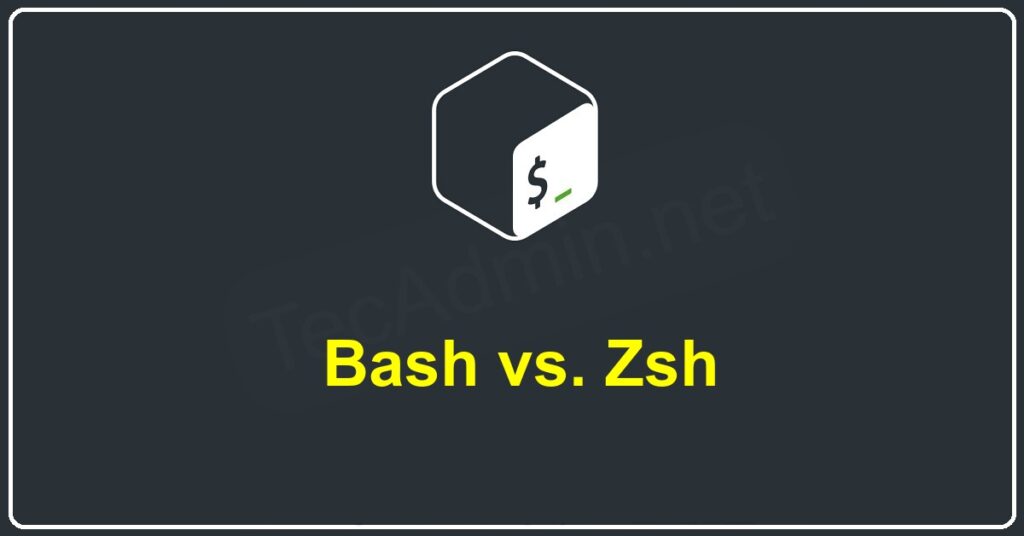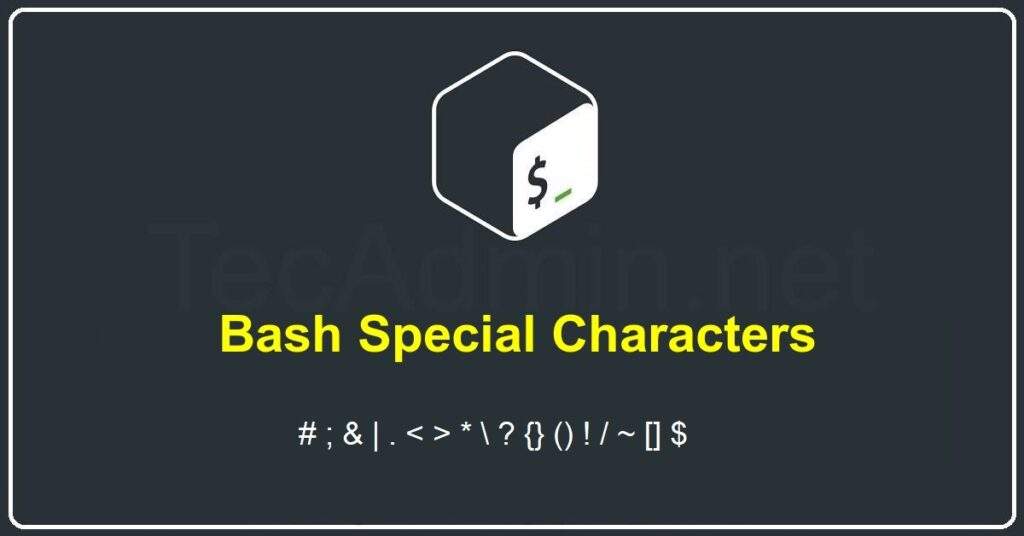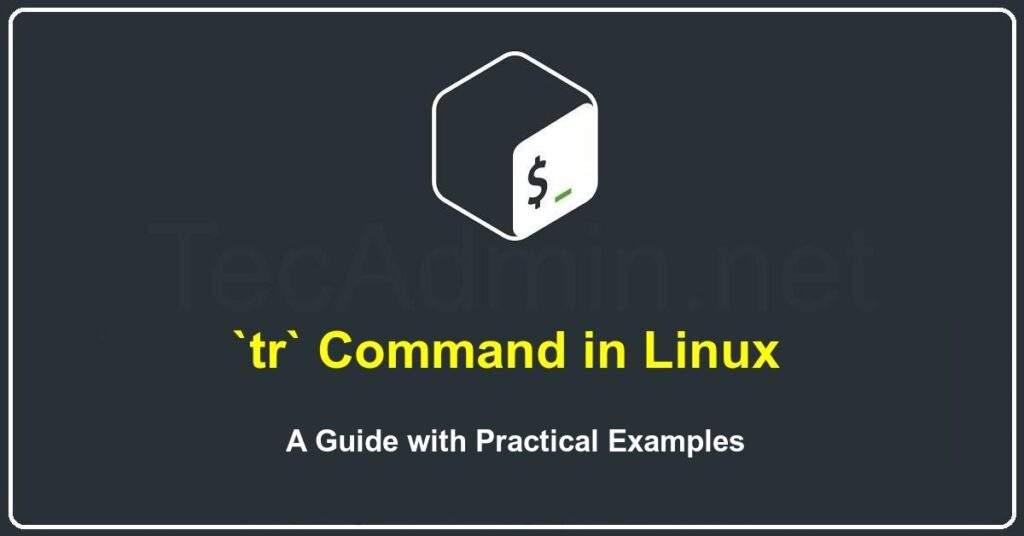Laravel is a popular PHP framework used for building web applications. It has many great features, but sometimes developers face problems. One common problem is the error: ‘laravel.log could not be opened’. This guide will help you fix this error step by step. The Problem The ‘laravel.log could not be opened’ error means Laravel cannot write to the log file. This could be due to several reasons: Wrong file permissions Incorrect file paths Server settings If Laravel can’t write to the log file, it can make finding and fixing other errors difficult. So, it’s important to solve this problem quickly.…
Author: Rahul
cURL, short for “Client for URLs”, is an open-source software project that provides a library (libcurl) and a command-line tool (curl) for transferring data using various network protocols. While it’s commonly used to interact with HTTP and HTTPS, it can also handle SMTP, which is the standard protocol for sending emails on the internet. In this guide, we’ll take you through the process of using cURL to send emails. What You Will Need: A Unix-like operating system or Windows system with cURL installed. Access to an SMTP server. If you’re unsure whether you have cURL installed, you can check by…
In the realm of Linux, ‘crontab’ is a term you may come across fairly often. This utility, available on Unix-like operating systems, is used to schedule tasks that are automatically executed at predefined times and intervals. This is highly beneficial for administrators and power users, allowing them to automate various system tasks. Crontab files are edited using a text editor. Often, the default editor might be one you’re not comfortable with, such as vi. However, the good news is that you can change this default editor to one of your preference, like nano or emacs. In this article, we’ll walk…
As we navigate through the world of Unix-like operating systems, we come across different shell environments, each with its unique features and capabilities. Two commonly used shell environments are Bash (Bourne Again Shell) and Zsh (Z Shell). In this article, we’ll explore these two shells in-depth, highlighting their differences, and trying to understand which might be better suited for different scenarios. What is a Shell? Before we delve into the differences, let’s briefly define what a shell is. A shell is an interface that allows users to interact with the operating system. It can be graphical (GUI) or command-line-based (CLI).…
sudo and su are two important commands in Unix-based systems like Linux that let you do administrative tasks. Although they seem similar, the commands sudo -i and sudo su – have key differences. To understand these differences, we first need to look at what sudo and su are and how they work. Then, we’ll explain sudo -i and sudo su – and highlight their differences. What are sudo and su? In Unix and Unix-like systems, sudo (short for “superuser do”) lets users run programs with the security privileges of another user (usually the superuser or root). Its main purpose is…
Linux is a popular open-source operating system that offers many tools to manage, compress, and decompress files. Compressed files help save storage space and make transferring data faster. They are very common in the Linux world. This guide will show you how to extract different types of compressed files in Linux. We will cover formats like Zip, Gz, Tar, Bz2, 7z, Xz, and Rar. 1. Unpacking ZIP Files ZIP files are very common. To work with ZIP files in Linux, you need the unzip command. If it’s not already on your system, you can install it. For example, on Ubuntu,…
Ubuntu, a popular open-source operating system based on Debian, offers a variety of customization options to suit your needs. One of these is the ability to change your screen’s resolution. The screen resolution determines how much information can be displayed on your screen. Higher resolutions mean more details and typically a sharper image, but it also means that items on the screen appear smaller. This guide will take you through the steps of changing the default screen resolution in Ubuntu. Change the Screen Resolution in Ubuntu A. Quick Instructions Open “Settings” Select “Displays” in the left sidebar Select the preferred…
Scripting languages are very important for system administration, and Bash (Bourne-Again SHell) is one of the most famous and widely used ones. Bash is a key part of Unix and Linux systems. It helps administrators and developers to interact with the system, automate tasks, manage files, and control processes. Bash is very powerful because of its special characters. These characters look simple but have unique functions that can make a Bash script much more powerful. They let you do complex things like chaining commands, redirecting input and output, running commands in the background, and more, all with just a few…
Linux, like any robust operating system, is built to handle various types of errors. One such error that often perplexes beginners and even intermediate users is a Segmentation Fault, colloquially referred to as ‘segfault.’ This article aims to provide a comprehensive understanding of segmentation faults and offer pragmatic troubleshooting measures to handle them effectively in a Linux environment. What Is a Segmentation Fault? A Segmentation Fault is an error that occurs when a running program attempts to access a memory location not allocated to it or tries to perform an operation not permitted in that particular memory segment. This illicit…
In the realm of Linux, the `tr` command is a vital tool that users can employ for text processing. TR, short for translate, is utilized to translate or delete characters from standard input, writing to standard output. It may seem simple on the surface, but the `tr` command offers a great depth of functionality. This article aims to guide you through the nuances of the `tr` command, providing practical examples along the way. Basics of TR Command The `tr` command is generally used in the following structure:
1 | tr [options] "set1" "set2" |
Here, set1 and set2 are character sets. The `tr` command replaces the…



